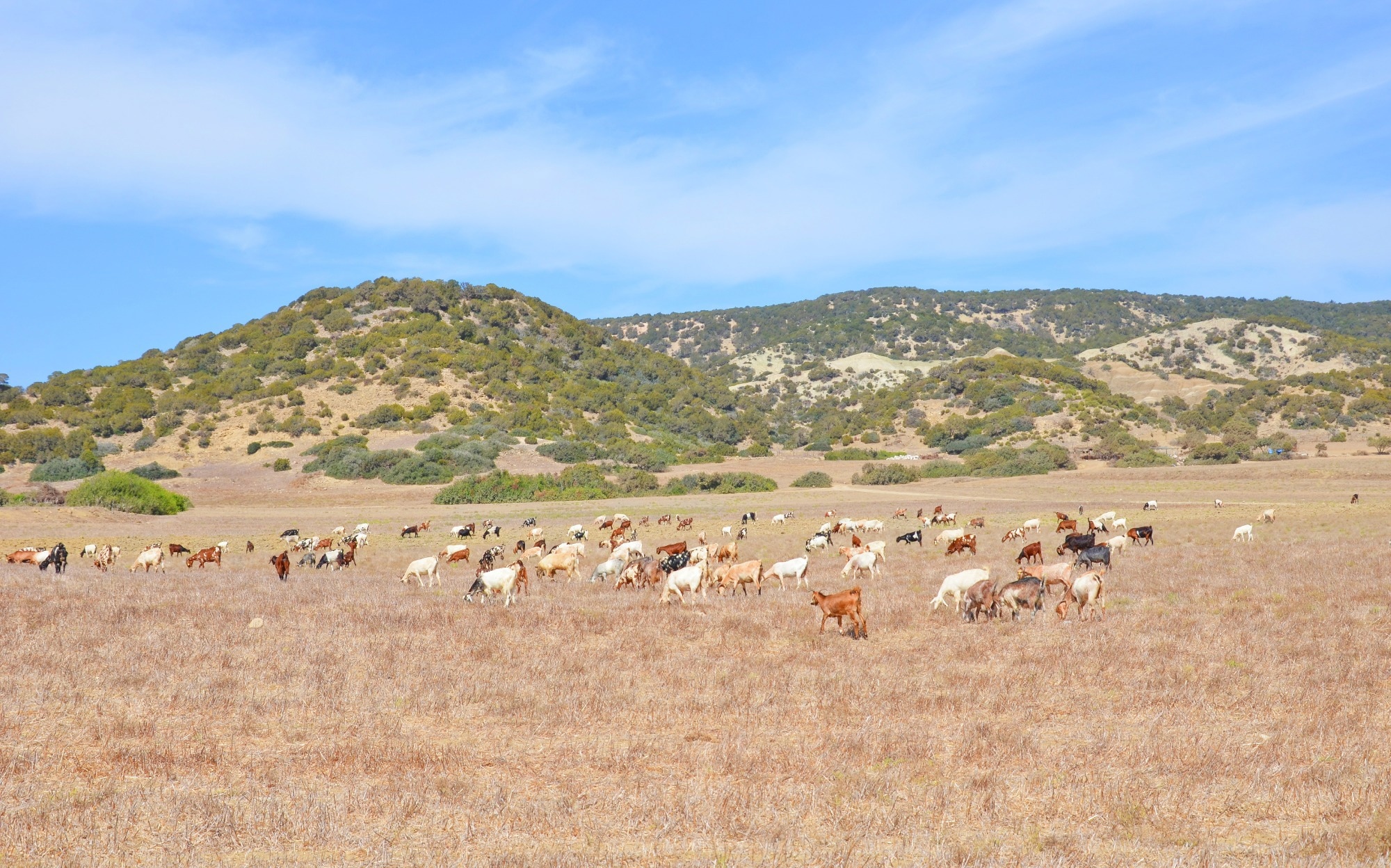In an article published in the journal Scientific Reports, researchers from the University of Florida, USA, the Amman Arab University, Jordan, and the University of Tabriz, Iran, developed artificial intelligence (AI) models to predict soil temperatures at different depths of the soil. They used artificial neural networks (ANNs) and sperm swarm optimization (SSO) to estimate soil temperature at different depths based on seven-year weather data. Moreover, they discussed that the hybrid model of ANNs and SSO was more accurate and reliable than the conventional ANNs model.
 Study: Hybrid AI Model Outperforms Conventional Approaches in Soil Temperature Prediction. Image credit: Petr Pohudka/Shutterstock
Study: Hybrid AI Model Outperforms Conventional Approaches in Soil Temperature Prediction. Image credit: Petr Pohudka/Shutterstock
Background
Soil temperature is a key meteorological parameter that affects many physical, chemical, and biological processes in the soil. It influences plant growth, crop yield, and agricultural practices. Therefore, forecasting soil temperature is essential for the accurate simulation of land surface processes and water resources management.
Various techniques have been used to simulate soil temperature, such as statistical methods, numerical weather forecasting, and AI models. Among them, AI models have shown promising results in capturing the nonlinear and complex relationships between soil temperature and other variables, such as air temperature, solar radiation, wind speed, and relative humidity.
About the Research
In the present paper, the authors proposed AI models that could predict soil temperature at different soil depths. They used weather/meteorological data from a subtropical farm field in South Florida. The study area was the Buck Island Ranch, a division of Archbold biological station, a commercial free-range cow-calf operation with semi-native grasslands, oak-palm forests, and seasonal wetlands. The climate of this region is subtropical, with an average rainfall of 1360 mm and temperatures recorded between 15.9 and 29.0 degrees Celsius.
The study used ANNs and SSO AI models. ANNs are computational models that mimic the structure and function of biological NNs. They consist of interconnected nodes that process information and learn from data. SSO is a bio-inspired optimization algorithm that simulates the behavior of sperm cells in the process of fertilization. It uses a population of candidate solutions that move toward the best solution based on attraction and repulsion forces.
The researchers integrated ANNs and SSO to form a hybrid model that could optimize the parameters and structure of the ANNs. They used meteorological data as inputs for the models. This data was acquired from the weather station between 2012 and 2018 and include daily values of air temperature, solar radiation, wind speed, and relative humidity. The outputs were daily soil temperature values at four depths: 5, 10, 20, and 50 cm.
The authors divided the data into training, validation, and testing sets. They used the training set to train the models, the validation set to tune the parameters, and the testing set to evaluate the performance. Moreover, they compared the results of the hybrid model integrated multi-layer perception (MLP) SSO with the conventional ANNs model classical MLP using various statistical indicators, such as root mean square error (RMSE), mean absolute error (MAE), coefficient of determination or R squared (R2), and Nash-Sutcliffe efficiency (NSE).
Research Findings
The outcomes showed that the hybrid model of ANNs and SSO (MLP-SSO) was more accurate and reliable than the conventional ANNs model MLP for soil temperature forecasting at different depths. The MLP-SSO model had lower values of RMSE and MAE and higher values of R2 and NSE as compared to the MLP model for all depth and input combinations. It also had better generalization ability and stability than the MLP model.
The authors found that the most important input variables for soil temperature forecasting were air temperature and solar radiation, followed by wind speed and relative humidity. They also observed that the optimal number of hidden nodes for the MLP-SSO model was 10 for all depths, while the optimal number of hidden nodes for the MLP model varied from 5 to 15 depending on the depth and input combination.
Moreover, the paper compared the proposed models with other studies that used different AI models, such as support vector machine (SVM), adaptive neuro-fuzzy inference system (ANFIS), and firefly algorithm (FFA). It highlighted that the new model had better performance than the other models in terms of RMSE, MAE, R2, and NSE.
The study demonstrated the potential of AI models, especially the hybrid model of ANNs and SSO, for soil temperature forecasting in subtropical grazing lands. The models could provide useful information for land surface processes modeling, water resources management, irrigation scheduling, crop growth simulation, and agricultural practices optimization. It could also be applied to other regions with similar climatic and soil conditions as long as sufficient and reliable data is available.
Conclusion
In summary, novel models are effective and efficient for predicting soil temperature at different depths using meteorological data in the subtropical ranchlands of South Florida. The study found that the hybrid model of ANNs and SSO was more accurate and reliable than the conventional ANNs model. The authors identified the most important input variables and the optimal number of hidden nodes for the models. Moreover, they suggested that the hybrid model of ANNs and SSO could be a suitable tool for soil temperature forecasting in subtropical grazing lands and other regions with similar characteristics.
The researchers acknowledged challenges and limitations and recommended further research to improve the models by incorporating other factors, such as soil moisture, soil texture, and vegetation cover, and to test the models on different time scales, including hourly, weekly, or monthly.